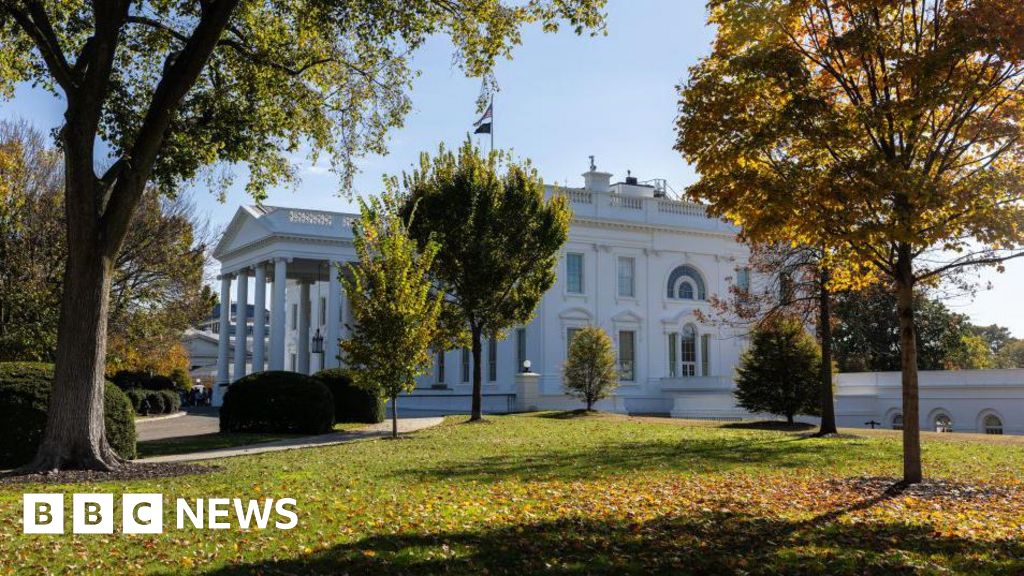ARTICLE AD BOX
30 minutes ago
By Hugh Schofield, Paris Correspondent
The far-right National Rally (RN) has pulled off another victory and is now well on the way to its goal of turning French politics on its head.
There will be much talk in the coming days of centrist and left-wing candidates standing aside in round two in order to concentrate the anti-RN vote – and much wailing about the disappearance of the old Front Républicain (when the other parties used to agree to keep out the far-right).
But it would take an upset of monumental proportions to overturn the only conclusion that can be drawn from this first round of voting, which is that RN is now indisputably the dominant political force in France.
Nonetheless, what remains to be decided over the next week is still quite significant.
It is the difference between a far-right government having a free hand because of an outright majority in the National Assembly and a far-right government unable to do very much at all because the Assembly is split.
Right now, the seat projections give the RN anything from 260 to 310. Given that 289 seats is an absolute majority, there is obviously a lot still to play for.
To limit the damage to their cause, French President Emmanuel Macron’s centrists and the left-wing New Popular Front alliance will call on their supporters to vote tactically in round two on 7 July. Even if their own candidate has been knocked out, voters will be urged to choose whoever it is in their constituency that is up against the RN.
But the trouble with this kind of party order is that fewer and fewer people listen to them anymore.
The disappearance of the shame that used to attend a vote for the RN has been a long process, but it can now surely be declared to be complete.
The other difficulty for opponents of the RN is the high number of so-called triangular votes in round two – in other words, constituencies where not two but three candidates will be facing off next Sunday. Usually, one each from the centre, the far-right and the left.
The reason for the high number of triangulars is the high voter turnout, which is itself the result of the high stakes.
It is also because the lightning campaign made it impossible for small parties to get their act together, so the vote has been concentrated in the three blocs.
Evidently, if there are three parties competing in a constituency, it is harder for the anti-RN vote to coalesce. In many places there will be centrist or leftwinger candidates standing aside - but far from in all.
In general, the country appears to be gripped now with a sense of the inevitability of a far-right win. What was once seen as an enormity not even to be contemplated is now a tangible fact-in-waiting.
This depresses and angers an awful lot of people, especially in the big cities like Paris – where a pall of gloom is descending.
Elsewhere – out in the sticks – people presumably feel otherwise.

 4 months ago
32
4 months ago
32








 English (US)
English (US)